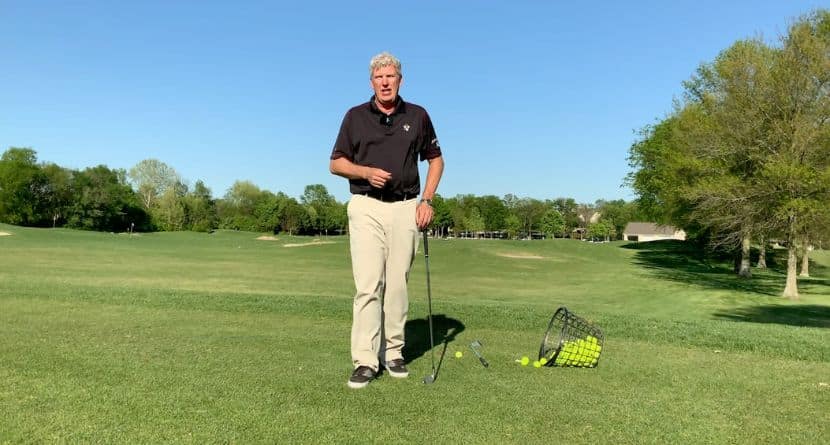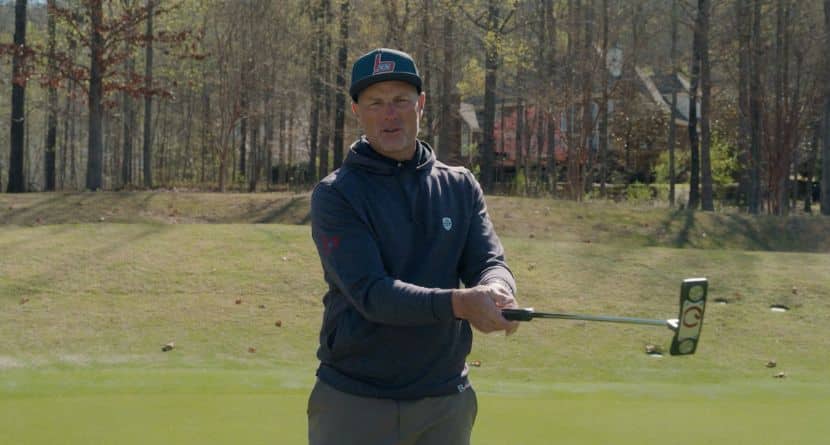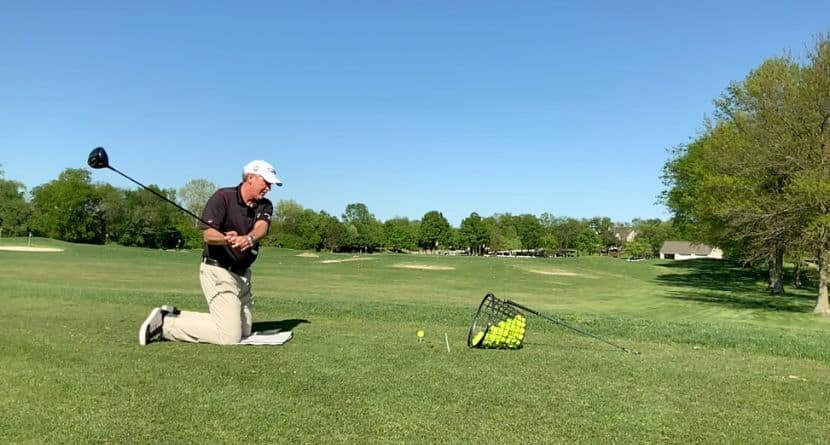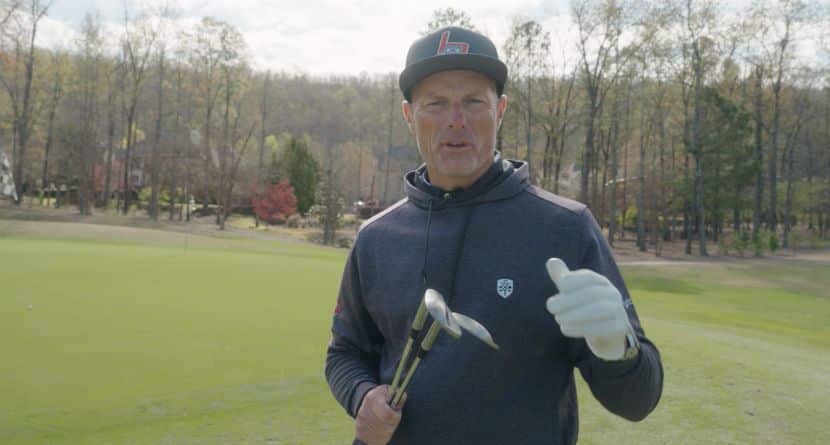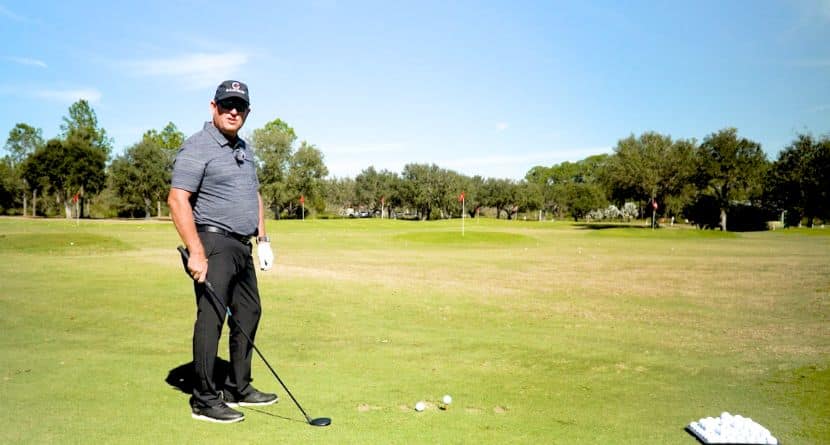Tiger Woods finds himself with his best chance to win a major championship in years on Sunday at Carnoustie Golf Links, but that opportunity wouldn’t have been quite as realistic if it wasn’t for a series of events that unfolded over the final 15 minutes of his third round on Saturday.
? Can he do it? #TheOpen pic.twitter.com/Z5vR9sssaX
— The Open (@TheOpen) July 22, 2018
Playing the first 14 holes of his third round in 6-under par, which included temporarily holding a share of the lead, Tiger bogeyed the difficult par-3 16th hole and skirted disaster off of the 18th tee when his iron received a fortunate bounce near the Barry Burn on the left side of the 18th hole. With nearly 250-yards to carry the burn short of the green, Tiger opted to lay up.
Left with 85 yards to the pin and needing to get up and down to secure his par, Woods played a marvelous shot that featured a lower trajectory and loads of spin, enabling him to hole the short putt for par and uphold the momentum of his great round.
Swing-U instructor Aaron Ungvarsky explains how Woods was able to hit that perfect approach shot, one that you can definitely use in your own game to keep control over your golf ball.
Hoping for an awesome finish, wouldn’t be possible without a great final approach by Tiger, helping keep the momentum going into the final round. After a tee shot just cleared the hazard, a key up and down from just inside 100 yards was needed to keep Woods within striking distance of the leaders.
So how did Tiger hit the perfect controlled wedge to a tucked pin with a strong crosswind thanks to the changing tide?
The Swing
- The distance to the pin and desired landing area did not require a full shot, so the length of the shot needed to be controlled perfectly. Tiger controlled the shot’s distance and trajectory by limiting his backswing, forcing acceleration through the ball, but the shorter backswing also gave him enhanced control of the clubhead.
- Shorter backswings also lead to lower shots. The crosswind would have impacted a higher flighted shot but not the lower, penetrating wedge hit by Woods. The waist-high abbreviated finish helped minimize the spin on the ball and also keeps the body lines stay square to the target line, adding accuracy to a shot that needs to be very precise. We can also see that his weight was not fully transferred through the shot. This was more of a stationary arm and body swing — perfect for driving the ball in with minimal spin.
- The result was a perfect shot that landed within seven feet of the pin and stopped at three feet, all but assuring par and a good night’s rest before the most anticipated final round in years.


